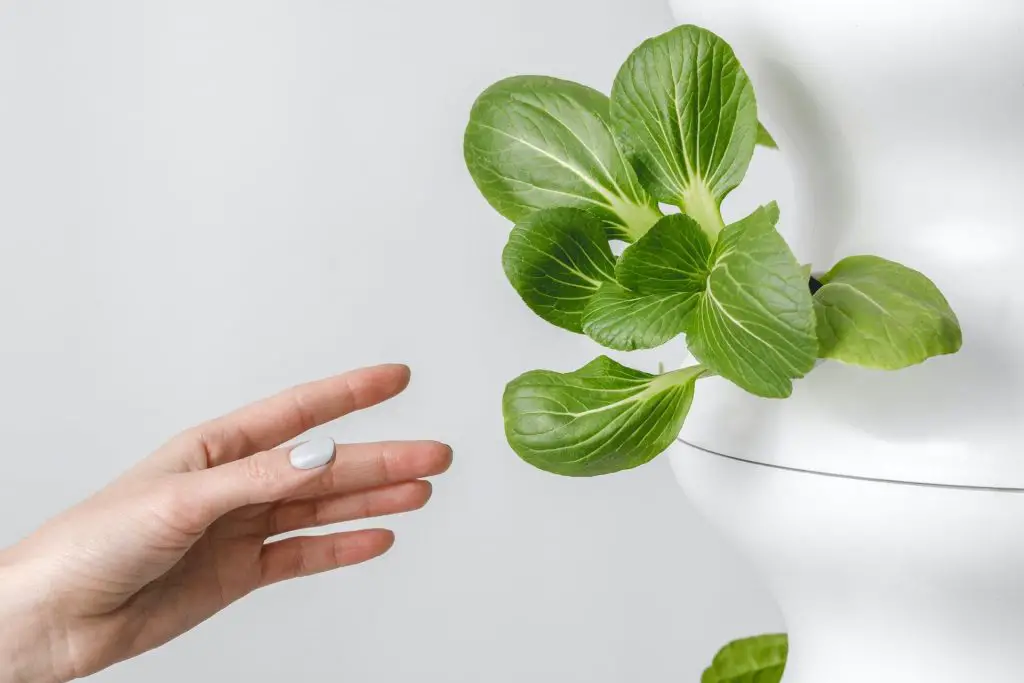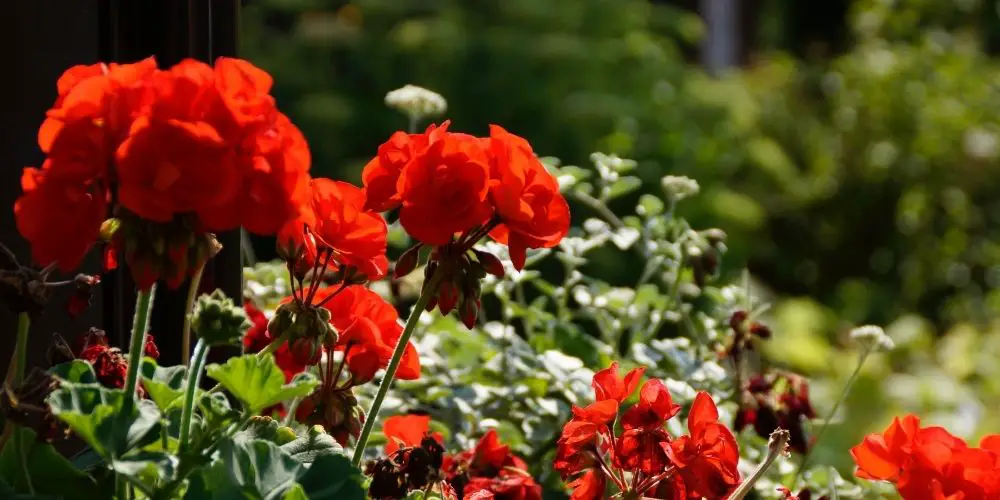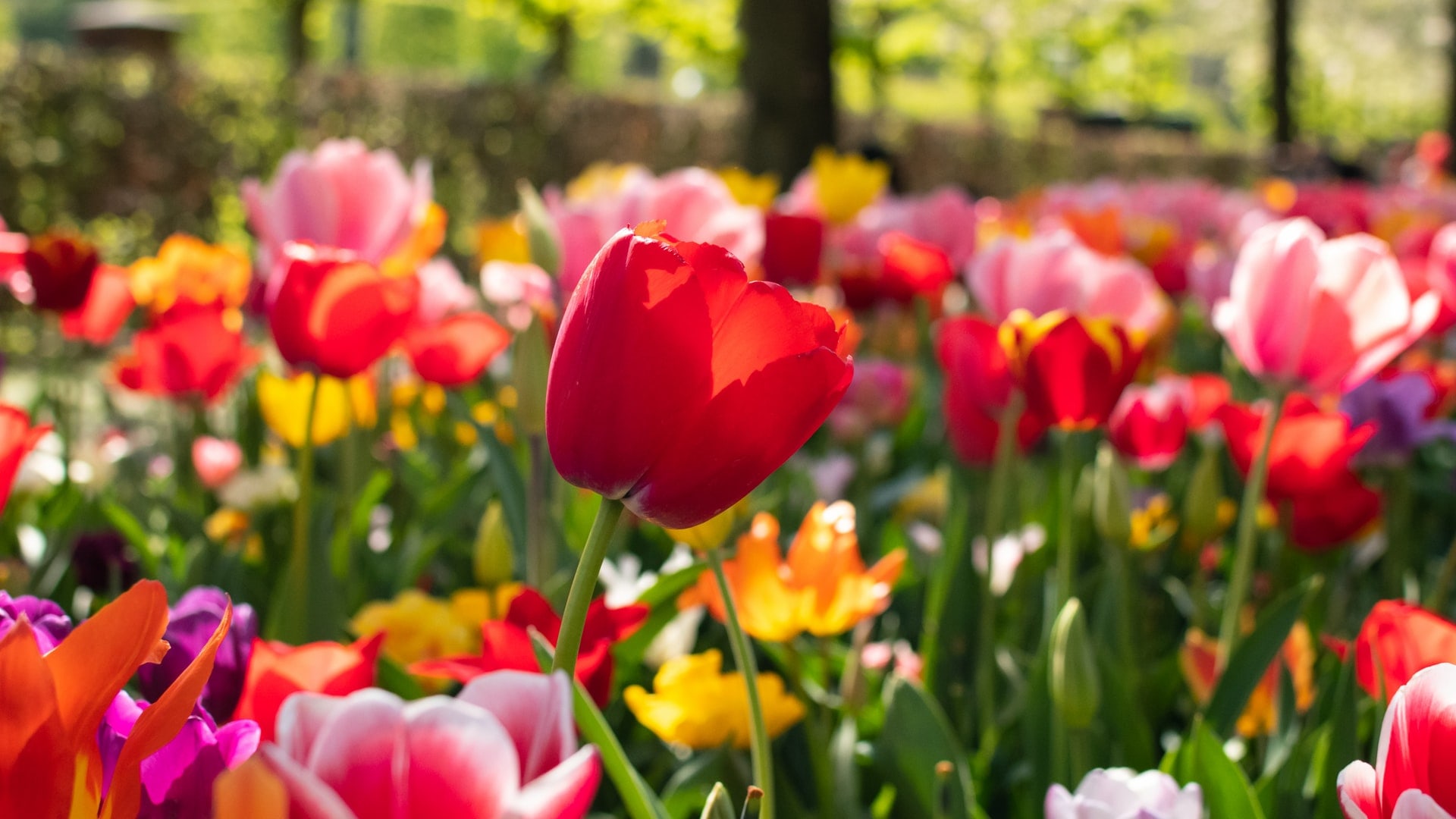Do you enjoy the taste of fresh herbs, but don’t have the time or space to grow a garden? If so, you’re in luck! It is possible to grow an herb garden without soil. In this blog post, we will discuss some tips and tricks for growing herbs without soil. With a little bit of effort, you can have a thriving herb garden right on your windowsill!
Why would you want to grow an herb garden without soil?
You might be wondering why someone might want to plant an herb garden without using soil. While everyone has their own reasons, here are a few common reasons:
- It is a great way to get started with gardening if you don’t have the space for a traditional garden.
- Hydroponics, aeroponics, and aquaponics are all methods of growing plants without soil, which means that they are ideal for those who live in apartments or other small spaces.
- Hydroponics, aeroponics, and aquaponics allow the roots of the plant to access oxygen and moisture more easily than if they were growing in soil, which makes them perfect for herbs.
Benefits and disadvantages of growing an herb garden without soil
Now that we’ve gone over some of the reasons why someone might want to grow an herb garden without soil, let’s discuss some of the benefits and disadvantages of this method of gardening.
Benefits:
- Soilless gardens are much easier to set up and take care of than traditional gardens.
- They are perfect for small spaces, such as apartments or balconies.
- Soilless gardens require less water than traditional gardens.
Disadvantages:
- Soilless gardens can be more expensive to set up than traditional gardens.
- They require more attention than traditional gardens.
- If not done properly, soilless gardens can be a breeding ground for pests and diseases.
As you can see, there are both benefits and disadvantages to growing an herb garden without soil. Ultimately, the decision of whether or not to grow a soilless garden is up to you and how you want to grow your herbs!
How to grow an herb garden without soil: Three types of soilless gardening
Now let’s dive into the types of soilless gardening! If you want to grow herbs without soil, there are three main alternatives: Hydroponics, Aeroponics, and Aquaponics. We will discuss each of these types of gardening, as well as some of the pros and cons of each.
Type #1: Hydroponics
Hydroponics is a method of growing plants in water. The roots of the plant are submerged in water that contains nutrients. This method is ideal for herbs because it allows the roots to access oxygen and moisture more easily than if they were growing in soil.

What herbs can be grown in hydroponics?
Some of the best herbs for hydroponics are basil, chives, cilantro, and mint. These herbs all have relatively shallow roots, so they do not need a lot of space to grow.
Pros and cons of hydroponic gardening
One of the biggest pros of hydroponic gardening is that it is very efficient. There is no need for soil, and the plants can be grown very close together. This saves space and makes it easy to grow a large number of plants in a small area. Another pro is that hydroponics is very clean. Since the plants are grown in water, there is no dirt or mess.
However, there are also some cons to hydroponic gardening. One is that it can be expensive to set up a hydroponic system. Another is that the plants are dependent on the quality of the water, so if the water is not clean or contains too much or too little of certain nutrients, the plants will not do well.
Hydroponic Growing Systems: Our favorites
Advertisement –Type #2: Aeroponics
Aeroponics is a method of growing plants in an air or mist environment. The roots of the plant are suspended in air and sprayed with a nutrient-rich solution. This method is also ideal for herbs because it allows the roots to access oxygen more easily than if they were growing in soil.
What herbs can be grown in aeroponics?
These are some of the herbs that are best suites to be grown in aeroponics: oregano, rosemary, sage, and thyme. These herbs have relatively deep roots, so they need a little more space to grow than some other herbs.
Pros and cons of aerponic gardening
The pros of aeroponic gardening are that it is a very efficient way to grow plants, it uses less water than traditional gardens, and it can be done in small spaces. Additionally, because the plants’ roots are constantly wet, the chance of disease or pests affecting your plants is reduced.
However, there are also some cons to aeroponic gardening. First, it can be more expensive to set up an aeroponic garden than a traditional garden. Second, it can be more difficult to keep the humidity levels high enough for your plants to thrive, which can lead to problems such as wilting leaves.
Aeroponics Growing Systems: Our favorites
Advertisement –Type #3: Aquaponics
Aquaponics is a method of growing plants and fish together in a closed system. The fish produce waste that is converted into nutrients for the plants. The plants, in turn, act as a natural filter for the water. This method is ideal for those who want to grow their own food and herbs without soil.
What herbs can be grown in aquaponics?
Some of the best herbs for aquaponics are basil, chives, cilantro, and mint. These herbs all have relatively shallow roots, so they do not need a lot of space to grow.
You might also like…
- The Lifespan of Hydroponic Plants: How Long They Last and Why
- Plants That Grow Well in Water Only: Our Favorite Hydroponic Plants
- Gardening in an Apartment without a Balcony: The Complete Guide
- The Different Types of Gardening [Which one is right for you?]
- How to Grow an Herb Garden Without Soil [Three Alternatives]
Pros and cons of aquaponic gardening
Aquaponic gardening is a great way to garden, as it has many pros. One pro is that aquaponics uses significantly less water than traditional gardening, because the water is constantly recirculated. This also makes aquaponics more sustainable, as it uses less resources. Additionally, aquaponics is great for those who live in urban areas, as it does not take up a lot of space. Another pro of aquaponics is that it can be used to grow a variety of plants, both fruits and vegetables.
However, there are also a few cons to aquaponics. One is that it can be expensive to set up an aquaponics system. Additionally, the initial start-up can be a bit daunting for people who have never done it before. It is also important to note that aquaponics takes some time to get going – plants may not yield fruit or vegetables for the first few months.
Aquaponics Growing Systems: Our favorites
Advertisement –Conclusion
With a little bit of effort, you can have a thriving herb garden right on your windowsill! These are just a few methods for growing herbs without soil. Experiment and find the method that works best for you. And soon, you’ll hopefully have a plentiful harvest! Happy gardening!

![How to Grow an Herb Garden Without Soil [Three Alternatives]](https://brilliantgardener.com/wp-content/uploads/2022/09/Sage-herbs-1280x640.jpg)













